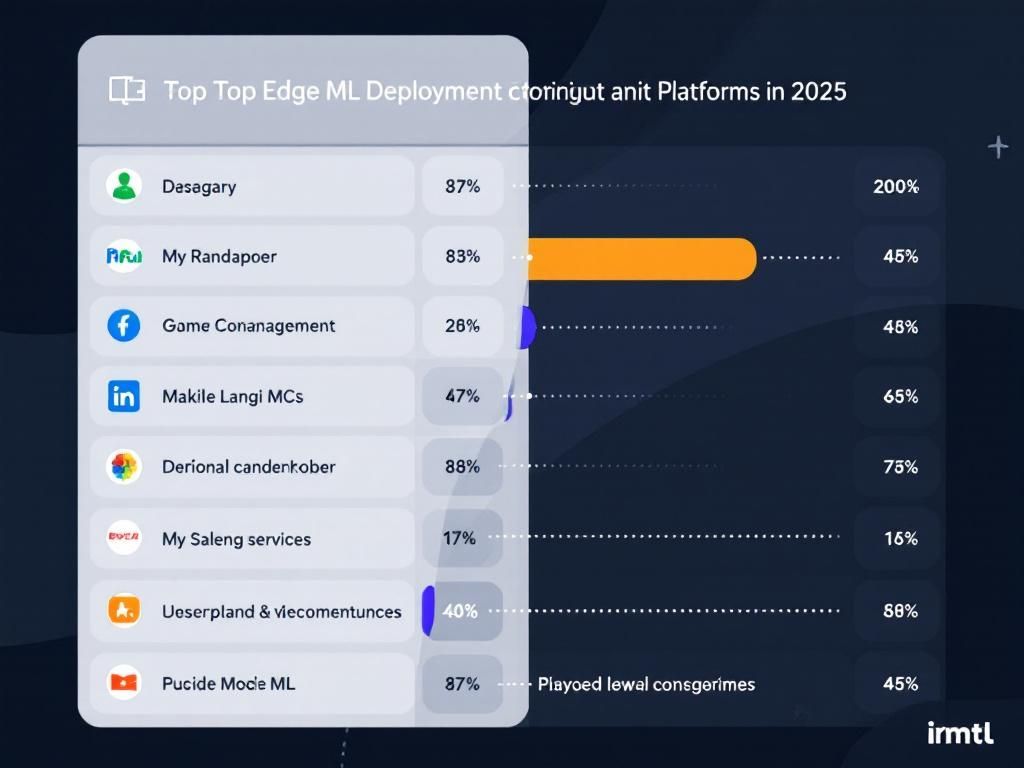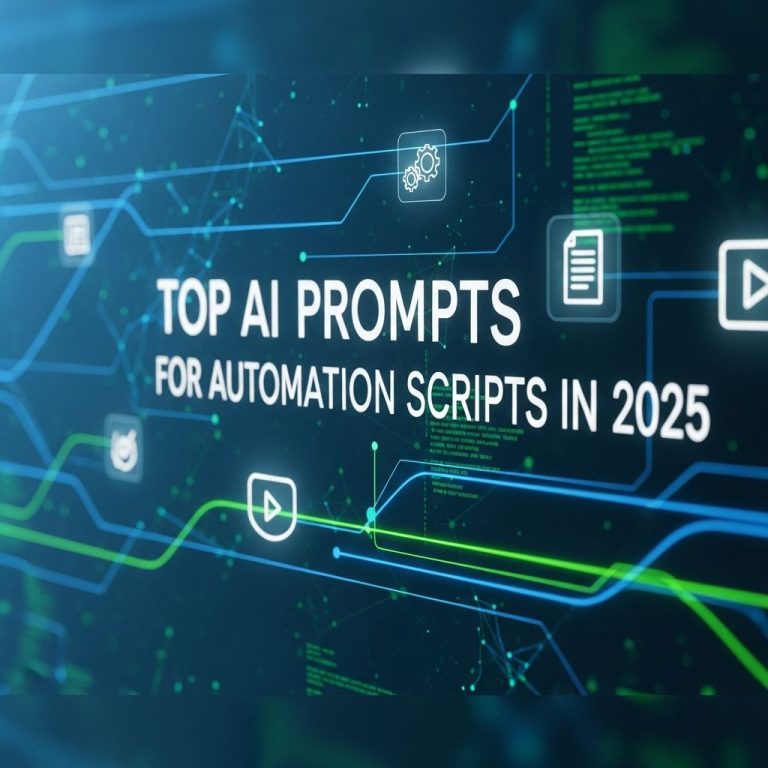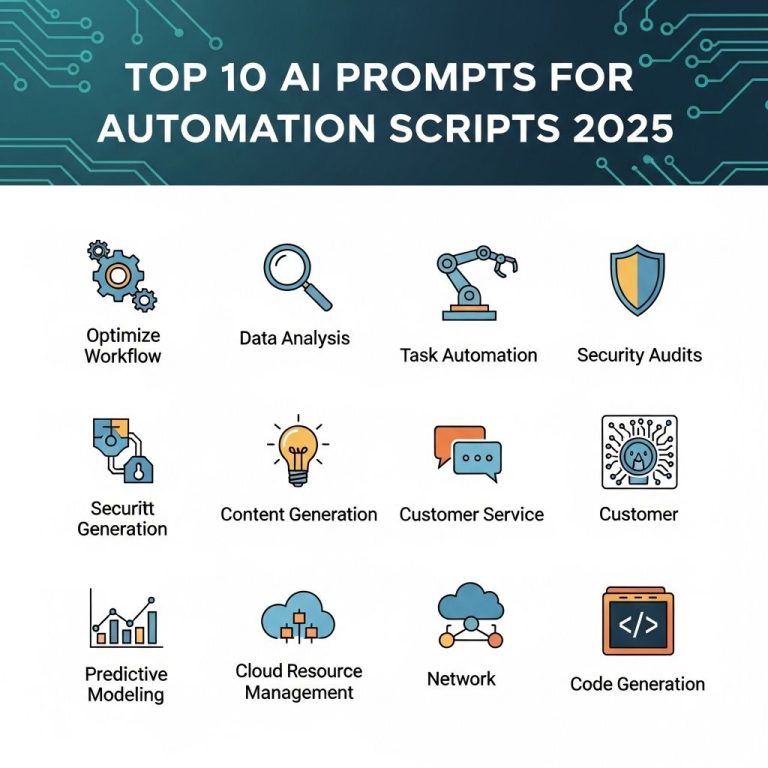As we move further into the era of artificial intelligence and machine learning, the demand for efficient deployment platforms at the edge continues to grow. The rise of edge computing allows organizations to process data closer to the source, ensuring faster response times and reduced latency. In 2025, several platforms are emerging as leaders in edge ML deployment, facilitating the seamless integration of machine learning models with edge devices. This article explores these platforms, their features, and the importance of edge ML deployment.
Understanding Edge ML Deployment
Edge ML deployment refers to the process of implementing machine learning models on edge devices rather than relying solely on centralized cloud services. This approach brings numerous advantages:
- Reduced Latency: Processing data closer to where it is generated minimizes delays.
- Improved Bandwidth Utilization: Less data needs to be sent to the cloud, thus saving bandwidth.
- Enhanced Privacy: Sensitive data can remain on the device, reducing the risk of exposure.
- Real-Time Processing: Immediate insights can be gained, which is vital for time-sensitive applications.
Key Challenges in Edge ML Deployment
While the benefits are substantial, deploying ML at the edge is not without challenges:
- Resource Limitations: Edge devices often have limited computing power and storage.
- Model Management: Keeping models updated and managing version control can be complex.
- Scalability: Deploying at a large scale requires robust infrastructure.
- Security Risks: Edge devices can be vulnerable targets for cyberattacks.
Leading Edge ML Deployment Platforms in 2025
As organizations look to harness the power of edge computing for machine learning, several platforms stand out for their capabilities and features. Here’s a rundown of the top platforms anticipated to dominate the landscape in 2025.
1. NVIDIA Jetson
NVIDIA Jetson is a leader in the realm of AI and edge computing. With its powerful GPUs designed for parallel processing, Jetson platforms are perfect for running complex ML algorithms on edge devices.
- Features:
- High-performance computing with integrated GPUs.
- Support for popular ML frameworks like TensorFlow, PyTorch, and Caffe.
- Robust ecosystem with a wide range of software tools and libraries.
2. Google Coral
Google Coral specializes in providing hardware and software tools for implementing ML at the edge. Its Tensor Processing Units (TPUs) enable fast model inference capabilities.
- Features:
- Edge TPU designed for low power consumption.
- Compatibility with TensorFlow Lite for mobile and IoT applications.
- Easy-to-use development environment for rapid prototyping.
3. Microsoft Azure IoT Edge
Microsoft’s Azure IoT Edge allows users to run cloud intelligence directly on IoT devices. This platform facilitates seamless integration with other Azure services.
- Features:
- Support for multiple programming languages and machine learning models.
- Built-in security features to protect data and devices.
- Scalable architecture suited for different deployment scenarios.
4. AWS IoT Greengrass
Amazon Web Services (AWS) IoT Greengrass enables users to deploy AWS Lambda functions to edge devices, allowing for real-time processing and interaction.
- Features:
- Seamless integration with AWS ML services like SageMaker.
- Support for local messaging and data management.
- Automatic model updates and monitoring capabilities.
5. EdgeX Foundry
EdgeX Foundry is an open-source platform that provides a flexible, vendor-neutral architecture for building IoT edge solutions. It is particularly advantageous for businesses looking to avoid vendor lock-in.
- Features:
- Microservices-based architecture for flexibility and scalability.
- Support for a wide range of devices and protocols.
- Rich ecosystem of plugins and extensions for customization.
Comparison Table of Edge ML Deployment Platforms
| Platform | Key Features | Best Suited For |
|---|---|---|
| NVIDIA Jetson | High-performance GPUs, extensive software libraries | Complex ML algorithms |
| Google Coral | Low power TPU, TensorFlow Lite support | Mobile and IoT applications |
| Azure IoT Edge | Multi-language support, built-in security | Integrated cloud applications |
| AWS IoT Greengrass | AWS Lambda support, local messaging | AWS ecosystem users |
| EdgeX Foundry | Vendor-neutral, microservices architecture | Customizable IoT solutions |
Future Trends in Edge ML Deployment
The landscape of edge ML deployment is evolving rapidly, influenced by emerging technologies and trends:
1. Increased Focus on Security
As edge devices become more prevalent, the need for robust security measures will intensify. Platforms will need to incorporate advanced security features to protect against vulnerabilities.
2. Enhanced Interoperability
Future platforms will increasingly emphasize interoperability, allowing devices and systems from different manufacturers to communicate and work together seamlessly.
3. AI-Driven Edge Analytics
Leveraging AI for real-time analytics at the edge will become more common, enabling businesses to derive insights from data without transmitting it to the cloud.
Conclusion
As we look ahead to 2025, the edge ML deployment landscape is set to flourish with innovative platforms designed to facilitate machine learning closer to the data source. Organizations must weigh the benefits and challenges associated with edge ML deployment to choose a platform that aligns with their specific needs. The evolution of these technologies will undoubtedly play a crucial role in shaping the future of AI and IoT in various industries.
FAQ
What are the leading edge ML deployment platforms in 2025?
In 2025, some of the leading edge ML deployment platforms include AWS SageMaker, Google AI Platform, Microsoft Azure Machine Learning, IBM Watson, and NVIDIA Triton Inference Server.
How do I choose the right edge ML deployment platform for my project?
Choosing the right edge ML deployment platform involves evaluating factors such as scalability, ease of use, compatibility with existing tools, and the specific needs of your ML models.
What are the benefits of using edge ML deployment platforms?
Edge ML deployment platforms offer benefits such as reduced latency, improved data privacy, lower bandwidth usage, and the ability to process data locally on devices.
Are there any open-source edge ML deployment platforms available?
Yes, several open-source edge ML deployment platforms are available, including TensorFlow Lite, ONNX Runtime, and Apache MXNet.
What is the future of edge ML deployment platforms?
The future of edge ML deployment platforms is expected to include advancements in AI hardware, improved integration with IoT devices, and enhanced capabilities for real-time data processing.
How can I ensure the security of my ML models deployed at the edge?
To ensure the security of ML models deployed at the edge, implement strong encryption, access controls, regular security audits, and ensure compliance with relevant regulations.




